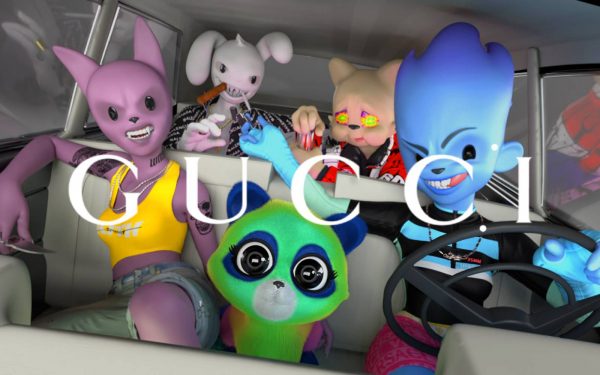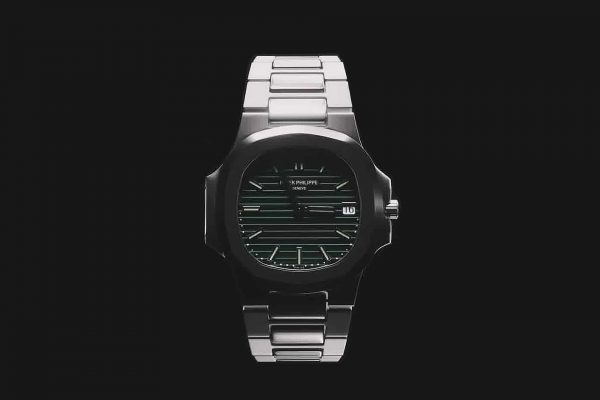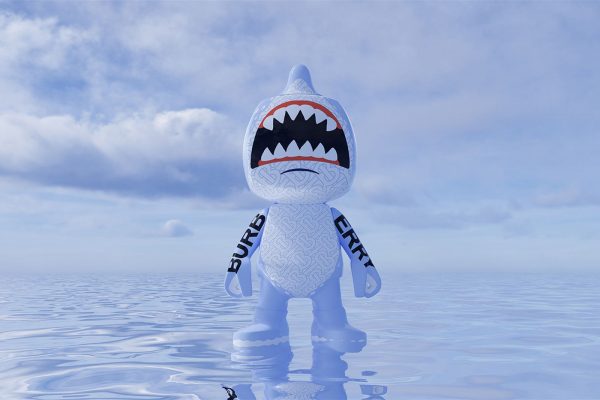Luxury Insider: NFTs & Luxury
Luxury NFTs could become a $56bn a year marketplace by 2030, according to investment bank and financial services leader, Morgan Stanley.
As the production of NFTs continues to create new forms of fashion consumption, more and more premium brands are jumping on this fast-moving train, investing in their new digital collectibles businesses. As more aspects of people’s lives are moving online, the demand for digital fashion and goods will increase significantly in the coming years.
But what are NFTs?
NFTs are a digital record of the ownership of an asset whether digital or physical. The record itself is held on the blockchain.
It’s essentially proof of authenticity, like having an item autographed.
The type of asset whose ownership is most commonly recorded with the purchase of an NFT is currently art (music, video, imagery, text, and so on).
But the concept of “ownership” in the world of NFTs means something different to the widely understood legal definition of “ownership”.
The owner of an NFT does not necessarily have legal title to the copyright in the intellectual property contained within the asset associated with their NFT unless it is specifically transferred in the sale and purchase agreement.
As original NFT creator, Anil Dash wrote in The Atlantic, “when someone buys an NFT, they’re not buying the actual digital artwork; they’re buying a link to it.”
It’s clear that the value of NFTs cannot be measured using conventional economics.
So why is there such excitement around NFTs and what have luxury brands seen in NFTs that had made them interested in moving into this growing sector?
NFTs and Luxury
In the past 10 years, there has been a shift away from scarcity and craftsmanship as the defining characteristics of what many consider as “luxury”.
Wealthier millennials and Gen Zers seemed to place a high value on hard-to-replicate memories and authentic experiences that could be shared with others via social media.
But, in the next two years, we see NFTs as bringing back to luxury the exclusivity that once defined it.
Gucci, Burberry, and Louis Vuitton are some of the first luxury brands to enter the NFT and Metaverse spaces with exclusive digital clothing, gaming skins, digital artwork, and online avatars.

Given the demand for NFTs and the prices they command, owners of NFTs may be justified in seeing these tokens as outward displays of their wealth and status.
As an immersive experience, the personal avatars that users utilise will wear clothing and use items as manifestations of individualization and personal expression, much like they would in the physical world — this opens up a really exciting opportunity for premium brands.
Owners will be able to showcase their collection of NFT-associated assets to others within the gaming and interactive platforms they frequent. As described by Bloomberg, your digital avatar could “wear Burberry “skins” and carry Gucci handbags that are not leather totes but non-fungible tokens”.
Luxury watch manufacturer Patek Philip revealed an NFT based on its famed and discontinued timepiece “Nautilus” in November 2021 – ideal for the Metaverse.

Some luxury NFTs come with real-world manifestations of the product being represented digitally. For example, you get a real coat at the same time as you get a virtual coat. If you buy a luxury watch NFT, you now might get both a physical watch and a digital file which acts as a certificate of authenticity.
You could use the digital wallet app on your phone to show off your collection of NFTs to others.
Proof of NFT ownership might become a passport allowing access to exclusive events online and offline. Each event you attend will generate an NFT of its own to offer proof of attendance.
You may not even need a digital wallet. Soon, you’ll be able to link the NFTs in your digital wallet back to your social media profile.
You can choose which NFT you want as your display picture. On Twitter, the NFT you choose will be displayed within a hexagon and not the usual roundel. It’s not hard to see how the hexagonal display pictures could become the new must-have sign of status just like the blue tick verified user status used to be if interest in NFTs continues to grow.
This is, of course, all speculation.
No-one is sure how this is going to turn out. The success of NFTs is, in large part, determined by the success or otherwise of the metaverse. There have been plenty of attempts to create digital worlds in the past and, although the tech is now much better, there is no compelling evidence that we will live in a Ready Player One type of virtual reality world any time soon.
And if there is mass adoption, will NFTs develop into two different classes? One class with an accompanying physical product and one without?
Where there is no physical product, will luxury consumers be happy to purchase an item of clothing they can only showcase to people in a virtual world but they cannot wear in the actual presence of their friends in their favourite clubs and nightspots?
Last but not least – will NFT prices hold? Will wealth managers and family office managers see NFTs as a stable store of value given their current price volatility? Remember that NFTs must be purchased with cryptocurrency which has its own price volatility issues.
There seems to be something in NFTs but, barely a year into widespread interest in the tokens, it’s difficult to tell the longer-term direction of travel for the sector.

[Sources: Morgan Stanley, VERB, Forbes]